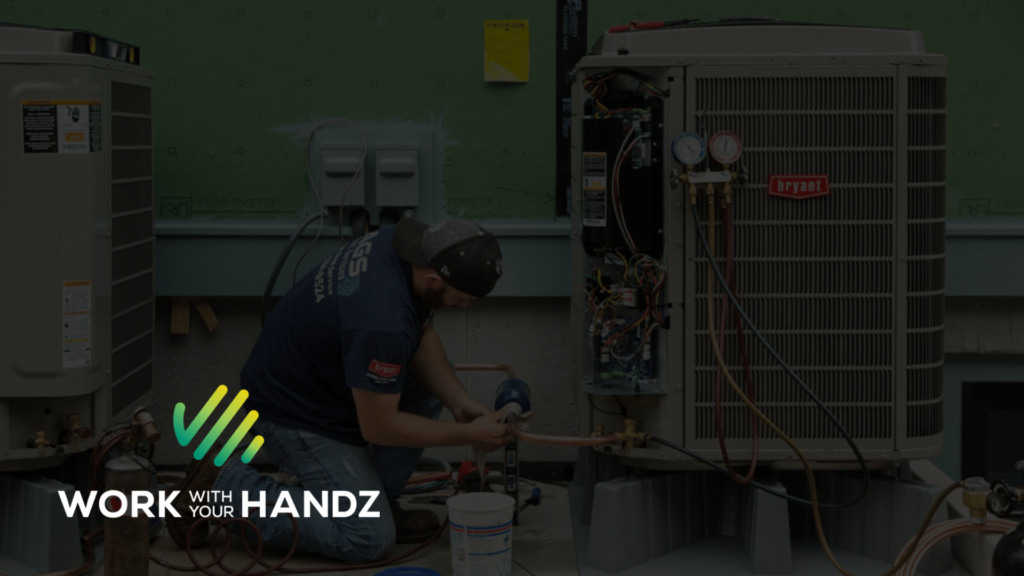How rising temperatures impact the HVAC industry

Image: United Nations
HARDI last month published an article addressing the question, “What impact will rising temperatures have on the HVAC industry?”
The big picture: Since 1901, average temperatures in the US have steadily risen, but the annual rate of increases has accelerated over the last 50 years — doubling compared to the prior 50.
-
Northeastern and Western states have experienced the greatest increases so far, but northern regions are projected to see the biggest rise over the next 50 years.
Details: Global cooling demand is expected to triple by 2050, according to the International Energy Agency (IEA), resulting in units needing to “run longer and at a higher level,” HARDI’s Tyler Drown writes.
-
“This increased load will incur more wear and tear on a system leading to an accelerated replacement cycle as well as driving up building-owners’ and homeowners’ costs,” he adds.
-
Rising temperatures also correlate with increases in “cooling degree days,” which measure how much hotter a given day is than 65 degrees, typically driving short-term sales spikes.
Of note: ServiceTitan found that the first heat wave of a season can increase contractors’ daily calls by 20% and daily revenue by 55%.
-
Have you had any weather-related revenue spikes this year? Let us know.
Looking ahead: “As a result of increasing temperatures… many parts of the US can expect cooling seasons to grow longer and longer while heating seasons potentially suffer,” says Drown.
📬 Get our stories in your inbox
Keep reading
Building technicians, holistically
A conversation about in-house training academies, the opportunities they enable to shape career paths, and a less obvious cultural benefit
Quick Hits: This Week in HVAC
December 26, 2023


